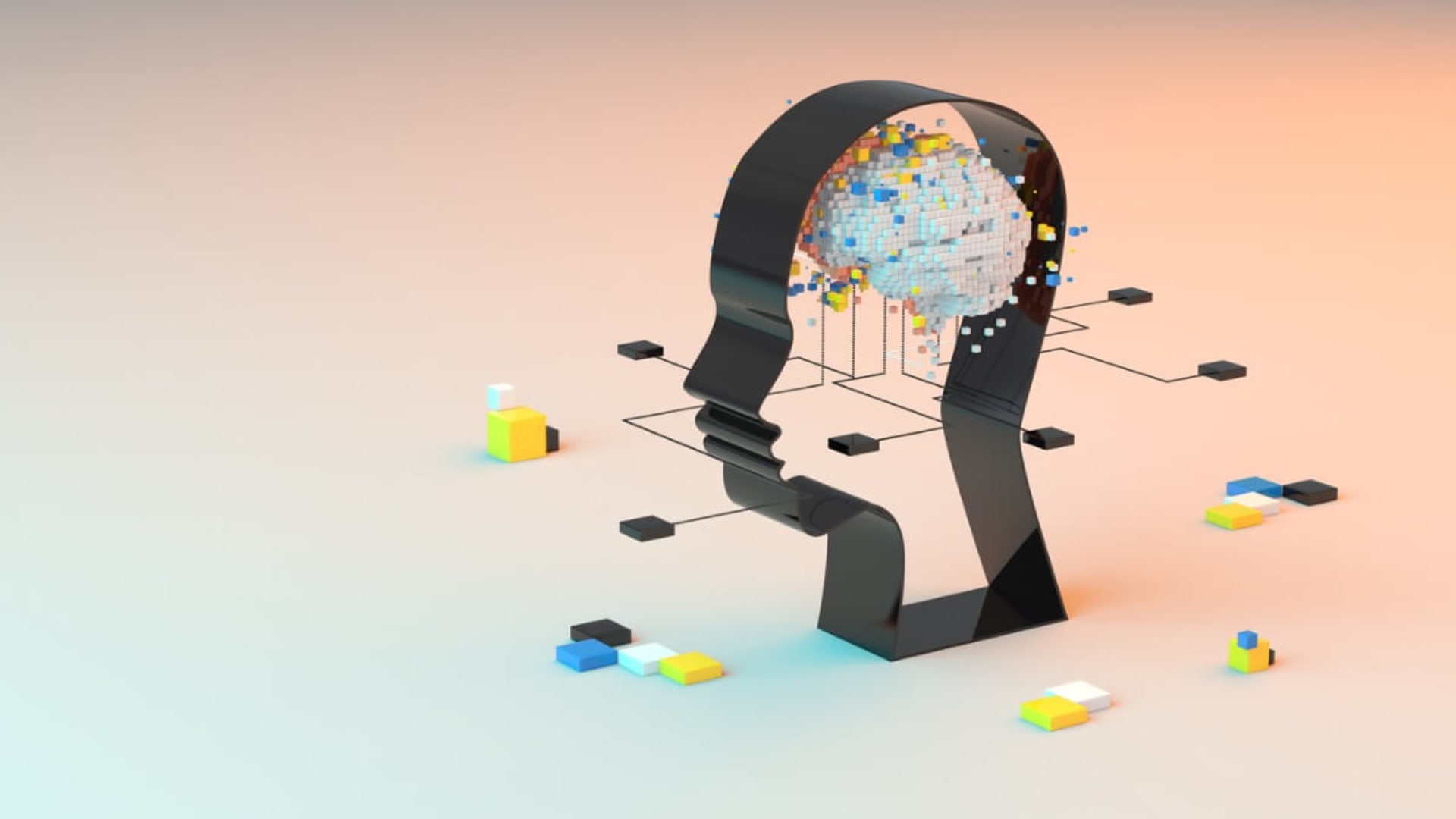The COVID-19 pandemic took a terrible toll on businesses, societies, families, and individuals worldwide. In fact, it surely seems challenging to find “silver linings” to the many dark clouds wrought by this event. But, like most things in life, even the most challenging times can teach us something and provide lessons and techniques that are worth making part of our day-to-day routine.
For many companies, rediscovering an ability to innovate was one of the pandemic benefits. This behavior was often forced, and businesses faced decisions that amounted to “innovate or die” regularly. Examples abound, from companies with zero remote workers quickly getting entire departments configured for remote work to teams scouring the globe to keep production lines running or getting critical goods to people who needed them most.
Many leaders are proud, and perhaps a bit surprised, that their teams rose to the occasion and were able to quickly conceptualize, design, and deploy new technologies, processes, and ways of working seemingly overnight. It’s little wonder that many leaders want to continue this ability to rapidly innovate and capture some of the animal spirits that drove rapid innovation and deploy them during more conventional times.
Like many of the pandemic lessons, it’s worth attempting to put aside the politics, heartache, and difficulties of this period, and capture the good, particularly when it comes to an ability to innovate rapidly. This behavior will serve your organization well, whether your next “crisis” is a world-changing event or a new product launch.
The Risk versus Reward Question
In speaking with dozens of companies, one of the hallmarks of successful pandemic innovation was a readjustment of the typical “risk versus reward” calculation. Few leaders would ever suggest punishing thoughtful risk-taking yet ask what happened to unsuccessful innovators during the pre-pandemic era.
Typically, individuals would have to expend their political capital to convince others to attempt a new way of doing something. Generally, the unwritten rule was that if the attempt at innovating were successful, everyone who participated would share credit. At the first sign of failure, all “supporting actors” would quickly create as much distance as possible between themselves and the innovator.
All risk of failure was typically concentrated on one or two individuals, while any success disproportionately accrued to others. Innovating often came down to a battle of David versus Goliath, with the lone innovator fighting to change an organization that might not actively oppose them but which had zero incentive to help them along their journey.
The risk of existential failure at both an organizational and individual worker levels changed all that. If there’s a real and meaningful risk that you’re no longer able to provide for your family, you’ll quickly throw your lot in with any hair-brained idea that appears to have some minor chance of success.
Rather than it being in your best interest to continue along the way with little concern for changing the status quo, suddenly, everyone was invested in changing the status quo as the reward for success far outweighed any risks.
Rewiring the Risk and Reward Equation
As the world returns to some semblance of normal, leaders who want to maintain their team or organization’s ability to innovate must consciously go through a “rewiring” process. This is to keep the pandemic-driven shift of the reward for risk-taking being higher than the reward for maintaining the status quo, not just for singular individuals, but for their team as a whole.
One of the best ways to complete this “rewiring” is to speak with your team members and ask open-ended questions like:
- What changed during the pandemic that allowed you to try new ideas and techniques?
- What two organizational changes wrought from the pandemic would you maintain long-term?
- What leadership behaviors were different that allowed you to innovate?
You shouldn’t need a multi-month study or fancy consulting engagement to start seeing themes based on simple, open-ended questions like those above. Ultimately, you want to look for the behaviors that allowed for innovation and experimentation during the pandemic and identify those you can extend or modify and reuse.
For example, you may hear that relaxing usual rules and policies was a driver for innovative behavior. While it’s probably not appropriate to eliminate all policy and controls long-term, your organization may have created an overly burdensome set of guidelines and rules. These may have stifled innovative behaviors and could be revised to maintain critical oversight while preventing them from becoming obstacles to innovation.
Another likely theme you’ll encounter is that there were minimal repercussions for thoughtful experiments that ultimately failed. Several leaders I’ve worked with noted that many of the innovations attempted during the pandemic weren’t immediate successes. In some cases, what seemed like a failed effort resulted in a critical insight or new tool that accelerated innovation somewhere else.
Essentially, their organization shifted from failure being a career-handicapping sin to failure being an essential step on the broader journey towards a successful outcome. The old bromides about “failing fast” still hold some truth: failures are a good indicator that you’re trying to innovate. Without any failed innovation attempts, an organization can’t be innovating any more than a sprinter can’t win races sitting on the couch.
Moving Forward
Innovation didn’t magically happen during the pandemic. Knowingly or not, you as a leader likely shifted the risk versus reward equation and encouraged experimentation versus demanding potential innovators assess and “de-risk” until innovation was no longer possible. The broader organization also likely reassessed the value of innovation in an environment where everything was at risk, and the old ways of doing business weren’t working.
The lessons, techniques, and tools you need to continue innovating are likely operating before your eyes. Rather than striving to return to the “old way of working” as soon as possible, and killing your newfound innovation swagger, capture and extend these lessons and you’ll continue to innovate regardless of global calamities.













